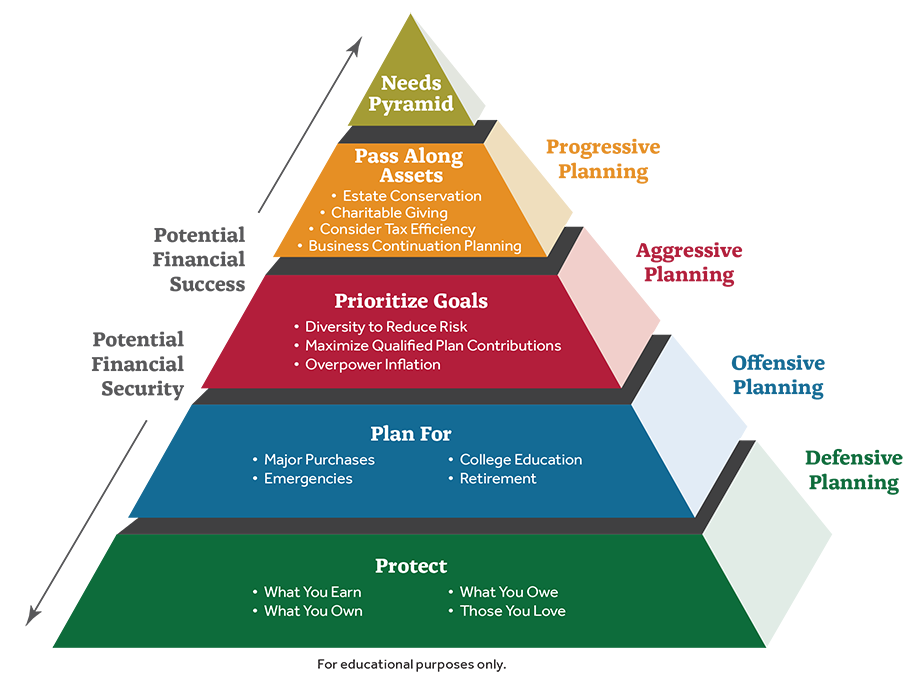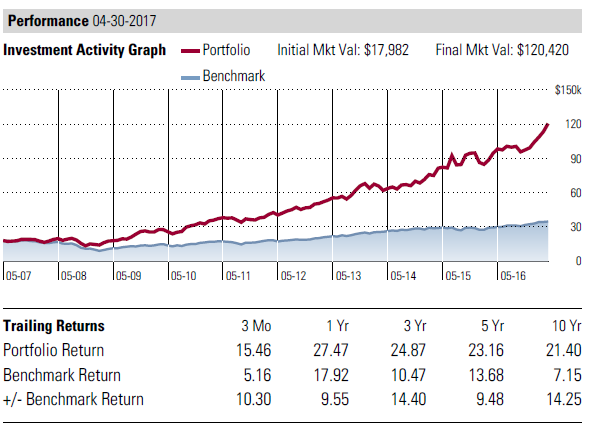Happy New Year!
Hello everyone and Happy New Year!
Welcome back to my blog. On the date of this post, I am dealing with the one-year anniversary of my father’s death (February 5th), mired with a myriad of emotions and nostalgia. I had a complicated relationship with my father growing up, but as I became a father and have grown in that space, I have come to acknowledge and appreciate him more and more – even though he is no longer here.
Without getting into too much detail, my father died unexpectedly (he was in relatively normal health for a 75-year-old) and caught my family off-guard. Luckily, we were able to handle the financial impact and with only my mother and siblings as the surviving immediate family members, there was little to sort out by way of probate/estate. Yes, we were lucky.
Life Insurance should be a no-brainer, right?
Yes, lucky indeed. But what about families in different or more complex situations? How would they deal with the sudden or unexpected death of a loved one who is a significant financial provider to the household? The easy and almost textbook-like answer is “life insurance”. It is general and widely accepted knowledge that many low- and middle-class families look to financial products like life insurance to help families “pick up the pieces” in the aftermath of the death (whether unexpected or not) of a loved one, especially one that served as a main income provider to the household. However, such widely held knowledge and understanding does not translate into life insurance ownership. According to a 2017 Life Insurance Study conducted by LIMRA, the following statistics state the following – and it isn’t that positive.
The 2017 LIMRA Study (source: www.limra.com)
The Study (or other information from LIMRA) cites the following statistics:
- 85% of families agree that they need life insurance, yet only 62% say that they actually have it.
- 40% of households that have life insurance don’t believe that they have enough.
- Although industry experts recommend that individuals have enough life insurance to replace 7-10 years of lost income, the average individual breadwinner, who has on average $168,000 in life insurance, falls well short of this recommended threshold with only enough life coverage to replace 3.4 to 3.5 years of lost income.
- 34% own group life insurance vs. 32% that own private, individual life policies.
- 71% of husbands own life insurance, while 63% of wives do.
- 40% of Americans wish their spouse or partner had more life insurance coverage; 50% of married millenials wish that their spouse had more life insurance.
The Study also provides insight as to why current prospective consumers of life insurance currently do not own it:
- 83% incorrectly think that the insurance in question in too expensive. For example, for a healthy 30-yr old, consumers estimated the cost of a $250,000 20-yr term policy to be $400/yr when in fact, such a policy only costs $150/yr.
- This same cohort of consumers also feel that life insurance is not as important as (i.e, is subordinate to) other financial priorities, such as (a) building savings, (b) managing debt, and/or (c) saving for retirement.
- 4 out of 10 consumers haven’t purchased life insurance not because they don’t want it, they simply don’t know how much they need and what type to buy.
- 25% incorrectly believe that they do not qualify for life insurance at all (i.e., they believe that the underwriters would reject their case, or make the policy cost prohibitive based on a current or past health condition).
- 50% of Millenials say that they haven’t purchased life insurance yet because – get this – they haven’t been approached by an agent to help them find the right coverage. (I have no words).
So what does this all mean? When it comes to life insurance,
- We know that we need it, but fall short of committing resources to getting it (or getting enough of it);
- We don’t value it properly (we don’t prioritize protecting our families as much as protecting our cars/homes);
- It’s a lot cheaper than we think;
- We’re shortchanging our families by having far less than the recommended amounts of coverage;
- We wish that we owned more of it, or we wish our spouses/partners owned more of it;
- With the advances of medicine and healthcare, it’s easier than ever to get coverage for current or past health conditions that once made it unattainable or financially out of reach; and
- We need to deal with competent, professional, and trustworthy financial professionals to ensure that we are making informed decisions in selecting the optimal amount and type of coverage.
The “Real” Q&A on Life Insurance
Now that I have done a quick rundown on the status of life insurance in the typical American household budget, I thought I would change up my typical “chat-style” blog format and discuss life insurance in the form of an interview transcript. In addition, as the title of this entry says, I plan to provide “the real” response on these issues, and not provide “agent-speak” (the type of jargon that you would expect to hear from a life insurance sales agent – and this is not to imply that an agent would tell you something improper).
How important is life insurance to a family’s financial plan?
I firmly believe, that next to disability insurance, life insurance ranks as the #1 financial priority of a household, as no other product has the financial capability of completing the financial plan (i.e., if you die, the death benefit is paid to fund college, retirement, pay bills, fund emergency reserves, etc.) if you were to die.
OK. We get that you’re passionate about life insurance. Many working Americans already have access to coverage through the group policies that they have at work. Isn’t that sufficient?
I’ll let you in on a dirty little industry secret – If you’re healthy, privately sourced term life insurance is CHEAPER than the group coverage that you pay for through the job! In order for group coverage to be affordable across the board, the healthy subsidize the unhealthy. Therefore, group coverage charges healthy insurance premium payers more than they otherwise would pay so that the unhealthy can obtain comparable coverage at an affordable rate. So, if you’re unhealthy or have a health condition that would be really expensive to cover, group coverage is a great deal for you. If you’re in reasonable health, you can get a private policy that beats that group coverage price over the life of the policy (group policies typically raise rates over 5-year increments).
As far as considering if group coverage is enough? I would say no simply because (a) there’s a question whether the coverage that you’re buying is portable, or that the coverage can be converted into privately-owned coverage if you leave your employer, and (b) many group plans do not allow employees to secure 7x salary (so the need isn’t being fully addressed by group coverage). Take whatever life coverage that the employer gives you for free (1-2x salary), but if you’re going to pay for any additional life insurance, price it out in the private market first.
What about Additional Death and Dismemberment Insurance (AD&D insurance)? Do you recommend that consumers buy this coverage?
In a word, NO. Without getting into too much detail, AD&D insurance pays the insured if he/she dies or suffers a severe injury (i.e., loss of limb) as a result of an accident (not of their own doing). It costs a fraction of the cost of term coverage because you have to die or be severely injured by accident in order to be paid a benefit, which is an unlikely event. I don’t like managing risks (i.e., dying) with a product that only pays if you die under certain circumstances.
Let’s explore the Term Insurance vs. Permanent Insurance issue. Many “financial experts say that you should “buy term and invest the difference”. What are your thoughts on the issue?
I have so many thoughts on this issue, but let’s start with the basics.
First of all, term life insurance is just that – life insurance that lasts for a certain “term” (i.e., annual renewable, 10-year, 15-year, 20-year, 25-year, 30-year). The insurance is designed to provide protection against “temporary financial risks”, such as covering a mortgage, funding college education needs for young children, replacing lost income in support of a household that have young children and any other financial risk that lasts for a limited period of time. As the coverage is finite, the cost of insurance is relatively low. Many term policies come are sold with “convertibility features”, which allow all or part of a term policy to be converted into a permanent policy at any time during the term period without the need for additional medical underwriting.
A permanent policy is life insurance that is conceptually permanent in nature (as long as the premiums have been paid). This is coverage that can conceptually last all of the insured’s life. This coverage is typically ideal for those who have a perpetual need for coverage, as there is a school of thought that believes that while needs for insurance change over time, they never really go away. A parent who gets life insurance for the benefit of his/her children may want to keep coverage in place to help provide for grandchildren or leave a bequest to a charitable cause. There are three general forms of permanent life insurance: (1) whole life, (2) universal life, and (3) variable universal life.
Permanent life insurance also has a “built-in savings component” that allows for the accumulation of cash value to grow within the policy. Depending on the type of permanent policy, the growth of the aforementioned cash value is attributed to guaranteed interest rates and possible mutual life dividends (whole life), general interest rates (universal life), and the performance of mutual fund sub-accounts (variable universal life). Due to the perpetual nature of the coverage and the cash value growth component, the cost of permanent insurance is significantly higher than comparable term insurance.
Some proponents are in favor of permanent coverage because they desire to have “something to show for their money” in the event that time comes to pass and the insured doesn’t die. One can access the cash value (potentially tax-free pursuant to Internal Revenue Code Section 7702) for a myriad of purposes, which we will discuss later. Term insurance, while cheaper, is sometimes viewed as a “zero-sum game”, where insurance company takes all of your premiums if you outlive the term of the policy.
Now getting to the “perm vs. term” debate. “Buy term and invest the difference” is, excuse my french, pure BS. Why? Because no one actually does it. I mean, it sounds good in theory and the numbers look nice on a spreadsheet, but it is simply not done in reality. So, where does that leave my thoughts on the issue? I believe that most clients will benefit from a combination of term and permanent life insurance – owning term life insurance to cover temporary life insurance needs (i.e., covering a mortgage, providing protection for young children, etc.) and have some permanent coverage for “ever-changing needs”, or for alternative strategies (which I will discuss in a future post).
To Be Continued
This will conclude Part 1 of our “Real” Life Insurance Discussion. Stay tuned for the discussion next week, where I will discuss the different ways life insurance can be used (and should not be used) as part of a comprehensive financial plan. Thanks again for bearing with me, and feel free to seek me out on Facebook or Twitter to provide comments or feedback. Thanks.
Disclaimer/Disclosure
As I am a licensed life, health, disability, and long-term care insurance agent, I want to once again reiterate that the views that I express are mine alone – not that of any firm that I am affiliated with. In addition, my commentary is for information-sharing purposes only, and should not be considered financial, tax or legal advice. As always, any financial decision should be made with adequate information and, if possible and desired, the assistance of a licensed, competent and professional advisor that is unbiased and holds your financial interests above his or her own.







